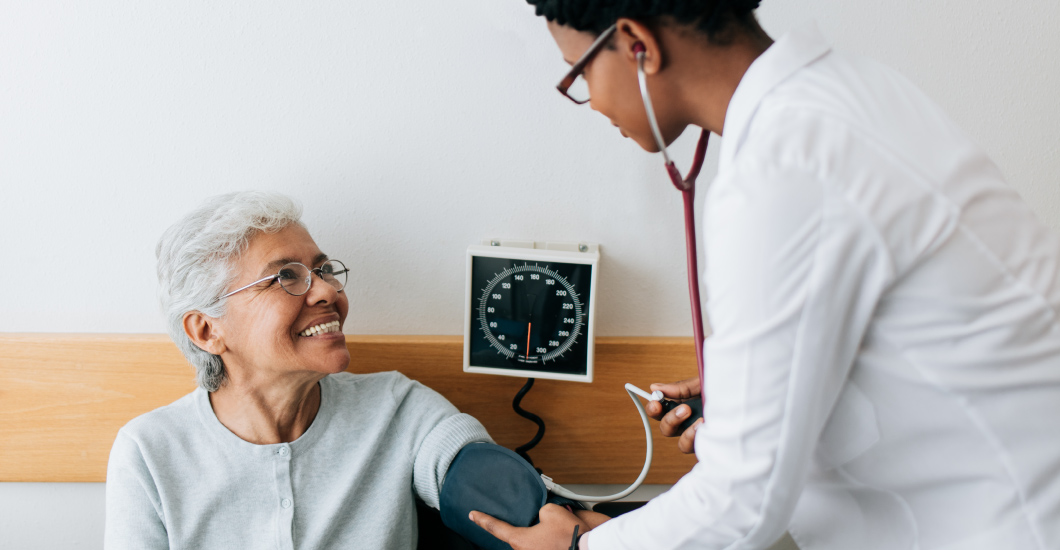Food allergies: Understanding, symptoms, and tips
Doctor's advice, Nutrition & fitness /
Discover the basics of food allergies, including common allergens, symptoms, treatments, and practical tips for living with or catering to allergies.

Food allergies might sound like a small thing, but they're a big deal for many people. Let's take a bite into what food allergies are all about, from how many people they affect to tips for living with them.
Understanding food allergies
Did you know that about 32 million Americans have food allergies? That's like if every person in New York City, Los Angeles, and Chicago had a food allergy, and then some! Yep, it's quite common, and it affects both kids and adults.
First, let's define an allergy. An allergy is when the body's immune system overreacts to certain substances, treating them like invaders. A food allergy is when the body reacts to a certain food, potentially leading to a life-threatening situation.
Food allergies can be diagnosed at any age, but they often first appear in childhood. Many children develop food allergies early in life, often before they reach their third birthday. However, it's also possible for adults to develop food allergies later in life, even if they have previously been able to eat the food without any problems. So, while childhood is a common time for the onset of food allergies, they can manifest at any age.
Children can outgrow some food allergies as they get older, but it depends on the specific allergen and the individual. For example, many children outgrow allergies to milk, eggs, soy, and wheat by the time they reach adolescence. However, allergies to peanuts, tree nuts, fish, and shellfish are more likely to persist into adulthood. The likelihood of outgrowing a food allergy can be influenced by factors such as the severity of the allergy, the age at which the allergy first appeared, and individual differences in immune system development.
Common food allergies
Some foods are more likely to cause allergies than others. Even though many different foods can cause allergic reactions, 9 major allergens cause about 90% of food reactions in the US. If someone's allergic to these, even a tiny bit can make them sick.
- Milk and milk-containing foods –cheese, butter, yogurt, and ice cream
- Eggs
- Fish (e.g., bass, flounder, cod)
- Shellfish (e.g., crab, lobster, shrimp)
- Tree nuts (e.g., almonds, walnuts, pecans)
- Peanuts, including peanut butter and oils
- Wheat
- Soy
- Sesame
Symptoms and treatments
When someone with a food allergy eats something they're allergic to, their body can react in different ways. Most food allergy symptoms will occur in the first two hours after eating, usually within a few minutes. Symptoms can range from mild to severe.
1. Mild symptoms:
- Itchy or tingling sensation in the mouth
- Hives or rash on the skin
- Minor swelling, especially around the face, lips, or eyes
- Runny or stuffy nose
- Sneezing or nasal congestion
- Mild gastrointestinal symptoms like nausea, vomiting, or diarrhea
2. Moderate symptoms:
- More extensive hives or rash covering larger areas of the body
- Swelling of the tongue or throat, leading to difficulty swallowing or speaking
- Persistent cough or wheezing
- Abdominal pain or cramping
- Increased heart rate
- Feeling lightheaded or dizzy
3. Severe symptoms (Anaphylaxis):
- Difficulty breathing due to throat swelling or constriction of airways
- Severe drop in blood pressure (shock)
- Loss of consciousness
- Bluish skin coloration (cyanosis)
- Severe gastrointestinal symptoms such as persistent vomiting or diarrhea
- Confusion or disorientation
So, what can be done? The best treatment is to avoid the food that causes the allergy. People with a history of anaphylaxis reactions also carry medicine called epinephrine (e.g. Epi-Pen) with them everywhere they go just in case they accidentally eat or come into contact with something they're allergic to. It's like having a superhero in their pocket!
Diagnosis
Diagnosing food allergies can sometimes be complex, involving a lot detective work. It may require a combination of different tests and evaluations. Therefore, working closely with your healthcare provider to diagnose and manage food allergies accurately is essential.
Start keeping a food journal to help identify triggers and patterns of symptoms. Your doctor will ask questions about what you ate and how you felt afterward. They might physically examine reactions such as hives, eczema, or rashes. Testing for food allergies can vary greatly depending on the suspected allergen and the severity of the symptoms. Your doctor may order any number of allergy tests.
- Skin prick test: This involves placing a small amount of allergen extract on the skin, usually on the forearm or back, and then pricking the skin to allow the allergen to enter. If a person is allergic to the substance, a small raised bump (wheal) surrounded by redness (flare) will appear within about 15-20 minutes.
- Blood test (Specific IgE test): This measures the levels of specific antibodies (IgE) in the blood that are produced in response to allergens. High levels of specific IgE antibodies to certain foods indicate an allergy.
- Oral food challenge: In cases where the diagnosis is uncertain or allergy testing results are inconclusive, an oral food challenge may be conducted under medical supervision. This involves gradually introducing increasing amounts of the suspected allergen into the individual's diet and monitoring for allergic reactions.
- Elimination diet: This involves removing suspected food allergens from the diet for some time and then gradually reintroducing them while monitoring for symptoms. It's often done under the guidance of a healthcare professional.
- Less common tests: Additional tests such as patch testing (for delayed-type allergic reactions) or component-resolved diagnostics (to identify specific protein components of allergens) may be recommended.
Once a food allergy is confirmed, your doctor will guide you on managing the allergy, including strategies for avoiding allergens, emergency treatment of allergic reactions, and possibly carrying and using an Epi-Pen.
Tips for living with food allergies
Living with food allergies might seem tough, but it's doable! Here are some tips:
- Read labels: Always check the ingredients list before eating something new. If it has the allergen, put it back on the shelf.
- Ask questions: If you're not sure what's in a dish, don't be shy to ask. It's better to be safe than sorry.
- Educate others: Let your friends and family know about your allergies so they can help keep you safe.
- Have a plan: If you have severe allergies, make sure you know what to do in case of an emergency. Talk to your doctor about it.
Catering to friends or family with allergies
If you're cooking or preparing food for someone with allergies, here are some things to keep in mind:
- Ask about allergies: Before planning a meal, ask your guests if they have any allergies or dietary restrictions.
- Separate utensils and surfaces: Use clean utensils and surfaces to avoid cross-contamination with allergens.
- Label dishes: If you're serving multiple dishes, label them with what's inside so everyone knows what they can safely eat.
- Offer alternatives: Try to include allergy-friendly options so everyone can enjoy the meal together.
Get treatment at Sanitas
Food allergies are serious but manageable. With a little knowledge and preparation, we can all help keep ourselves and our loved ones safe and happy at mealtime. So, let's raise our forks to a world where everyone can enjoy food without fear!
Call 1-844-665-4827 to schedule a visit at a Sanitas Medical Center near you to discuss your concerns and get personalized advice on food allergies


